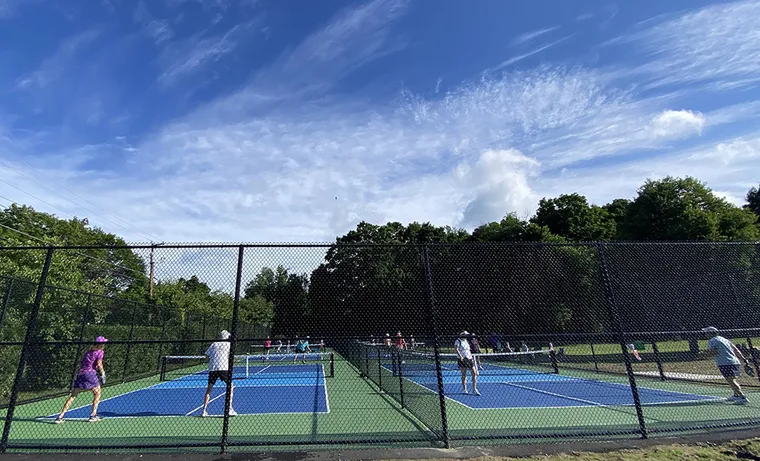Planning for and mitigating noise issues
Whether you love pickleball for its energetic, fast pace or hate it for the constant rhythmic, popping noise of the plastic ball, its status as one of the fastest-growing recreational sports in the United States is undeniable. According to USA Pickleball, 4,000 new locations were added in 2024, contributing to a total of nearly 16,000 new courts nationwide (Figure 1).
While pickleball's main attractions are its affordability, its appeal across generations, its suitability for various physical abilities, and its adaptability to different seasons, this explosion in popularity has led to an increasing number of noise complaints from nearby residents. The impact of a plastic pickleball on a paddle can register between 70 and 100 decibels from 100 feet away, which is equivalent to a vacuum cleaner or a motorcycle. Consequently, communities are frequently challenged to implement or reevaluate their noise ordinances. Some are even facing court-ordered sanctions to stop outdoor play altogether due to the nuisance created by the continuous, reverberating “pop, pop, pop.” Therefore, the objective of the following study was to find ways to reduce the noise to a level acceptable to residents: in other words, not to exceed 30 decibels, or the sound equivalent of a whisper or leaves rustling in the wind.

